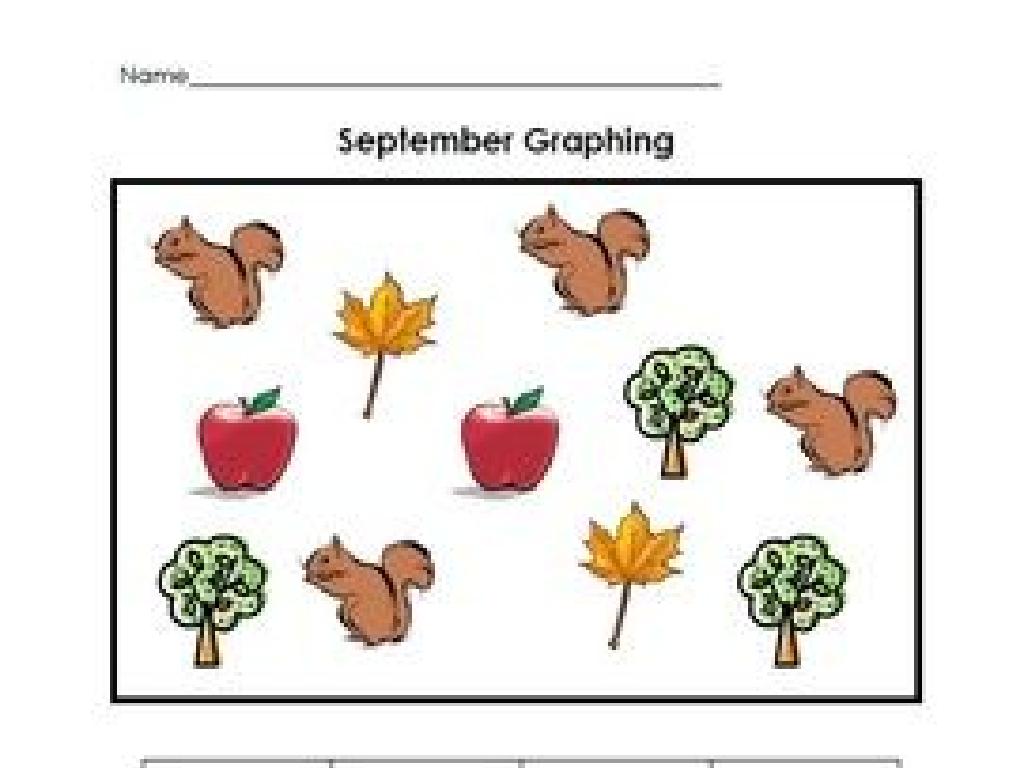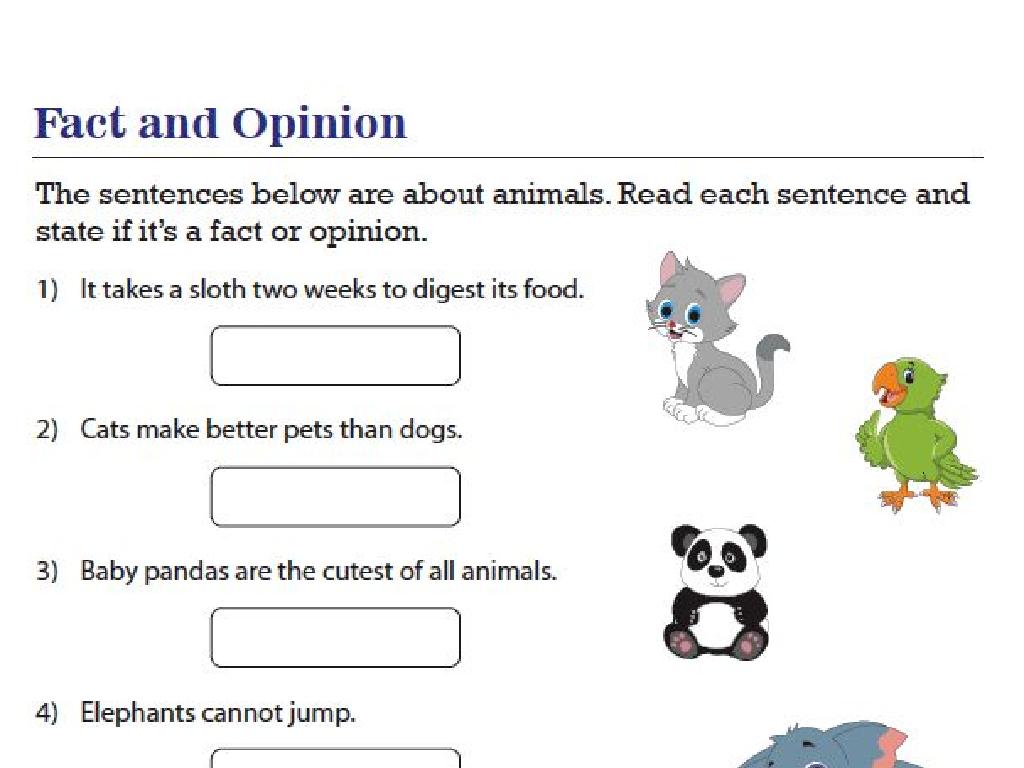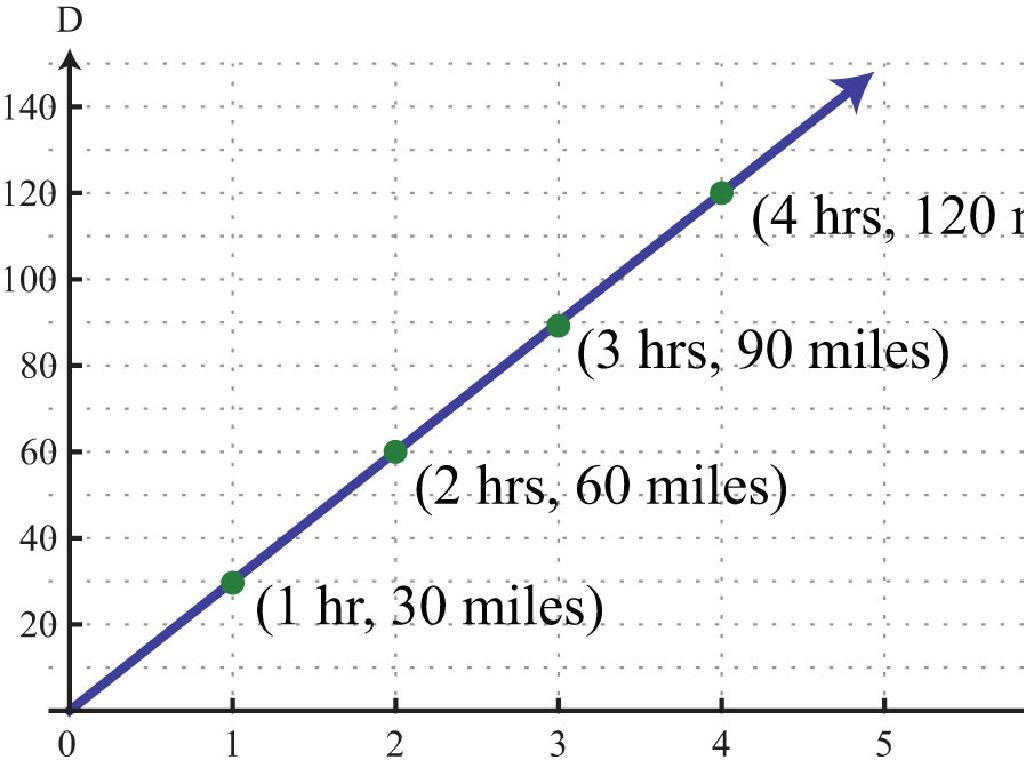Alkenes And Alkynes
Subject: Science
Grade: High school
Topic: Organic Chemistry
Please LOG IN to download the presentation. Access is available to registered users only.
View More Content
Introduction to Organic Chemistry: Hydrocarbons
– Explore Organic Chemistry basics
– Study of carbon-based compounds and their reactions
– Define Organic Compounds
– Organic compounds contain carbon; they are essential for life
– Hydrocarbons: Alkanes, Alkenes, Alkynes
– Alkanes: single bonds, Alkenes: double bonds, Alkynes: triple bonds
– Significance in daily life
|
This slide introduces students to the fundamental concepts of Organic Chemistry, focusing on the study of carbon-containing compounds. Emphasize the ubiquitous presence of organic compounds in all forms of life and their applications in various industries. Provide a clear distinction between alkanes, alkenes, and alkynes based on the types of bonds they form, which is crucial for understanding their chemical behavior and reactions. Highlight the relevance of these compounds in everyday life, such as in fuels, plastics, and pharmaceuticals. Encourage students to think of examples of organic compounds they encounter daily.
Alkenes: The Unsaturated Hydrocarbons
– Characteristics of Alkenes
– Alkenes have double bonds, making them unsaturated
– General Formula: CnH2n
– For alkene with n carbons, there are 2n hydrogens
– Common Alkene Examples
– Ethene (C2H4), Propene (C3H6), Butene (C4H8)
– Alkenes in Organic Reactions
– Reactive due to double bonds; used in polymerization
|
Alkenes are a class of hydrocarbons that are characterized by the presence of at least one carbon-carbon double bond, which makes them unsaturated. The general formula for alkenes is CnH2n, indicating that for every n number of carbon atoms, there are double the number of hydrogen atoms. Examples of alkenes include ethene (C2H4), propene (C3H6), and butene (C4H8). These compounds are significant in organic chemistry due to their reactivity, particularly in reactions such as polymerization, where small alkene molecules combine to form long-chain polymers. This slide provides a foundational understanding of alkenes, setting the stage for further exploration of their properties and reactions in organic chemistry.
Properties of Alkenes
– Physical state and melting points
– Alkenes are generally gases or liquids at room temperature with low melting points.
– Boiling points of alkenes
– They have relatively low boiling points, which increase with molecular weight.
– Chemical reactivity and reactions
– Alkenes are highly reactive, involved in addition, polymerization, and oxidation reactions.
– Alkenes in daily life
– Used in making plastics, synthetic rubber, and as fuel components.
|
This slide aims to provide students with a comprehensive understanding of the properties of alkenes. Discuss the physical properties, such as state at room temperature and melting points, highlighting that alkenes are typically gases or liquids with low melting points. Explain that boiling points increase as the size of the alkene molecule increases. Emphasize the chemical reactivity of alkenes, noting their tendency to participate in addition reactions where atoms are added to the carbon atoms of the double bond, polymerization reactions that form long chains, and oxidation reactions. Finally, illustrate the relevance of alkenes in everyday life by providing examples such as their use in manufacturing plastics, synthetic rubbers, and as components in fuels. Encourage students to think of products they use daily that might contain alkenes.
Alkynes: The Triple Bonded Hydrocarbons
– Unique characteristics of alkynes
– Alkynes have a carbon-carbon triple bond, making them unsaturated hydrocarbons.
– Alkynes’ general formula: CnH2n-2
– This formula represents the number of hydrogen atoms in an alkyne with ‘n’ carbon atoms.
– Ethyne: a common alkyne example
– Ethyne, also known as acetylene, is used in welding torches for its high-temperature flame.
– Propyne: another alkyne example
– Propyne is a lesser-known alkyne with similar properties to ethyne but with one more carbon atom.
|
Alkynes are a class of hydrocarbons characterized by the presence of a carbon-carbon triple bond, which makes them unsaturated and reactive. The general formula for alkynes is CnH2n-2, indicating that they have two fewer hydrogen atoms than alkanes. Ethyne, commonly known as acetylene, is the simplest alkyne and is widely used in welding due to its high combustion temperature. Propyne is another example of an alkyne, and while it’s not as commonly used as ethyne, it serves as a good example to show the progression of the alkyne series. Encourage students to explore the properties of alkynes and their uses in various industries. Discuss the reactivity of triple bonds in organic reactions.
Exploring Alkynes: Properties and Uses
– Physical properties of alkynes
– Alkynes are generally gases or liquids with low melting and boiling points.
– Chemical reactivity and reactions
– Alkynes are highly reactive, engaging in addition, polymerization, and oxidation reactions.
– Industrial applications of alkynes
– Used in pharmaceuticals, plastics, and as starting materials for synthesis.
– Technological significance of alkynes
– Alkynes play a role in developing new materials and nanotechnology.
|
This slide provides an overview of the physical and chemical properties of alkynes, as well as their practical applications in various industries. Alkynes, characterized by a carbon-carbon triple bond, typically exist as gases or liquids at room temperature and have relatively low melting and boiling points compared to alkanes and alkenes. Their chemical reactivity includes a range of reactions such as addition reactions (hydrogenation, halogenation), polymerization, and oxidation, which are fundamental in organic synthesis. In industry, alkynes are valuable for the production of pharmaceuticals, plastics, and as precursors for other chemicals. Technologically, they are significant in the development of advanced materials and applications in nanotechnology. Encourage students to think about the implications of these properties and uses in everyday products and future innovations.
Reactions of Alkenes and Alkynes
– Addition reactions overview
– Hydrogenation, halogenation, hydrohalogenation, and hydration
– Polymerization: Making plastics
– Alkenes can form long chains called polymers, used in plastics
– Acetylene torch in action
– Combustion of alkynes produces a high-temperature flame
– Exploring reaction types
|
This slide introduces students to the chemical reactions involving alkenes and alkynes, which are hydrocarbons with double and triple bonds respectively. Addition reactions are a key focus, where molecules like hydrogen (hydrogenation), halogens (halogenation), water (hydration), and hydrogen halides (hydrohalogenation) add across the double or triple bonds. Polymerization is a process where small alkene molecules (monomers) join to form long chains (polymers), which is how plastics are made. The acetylene torch, which uses the combustion of alkynes, demonstrates a practical application of these reactions by producing a flame hot enough to cut metals. Encourage students to think about how these reactions are applied in everyday products and industrial processes.
Class Activity: Modeling Alkenes and Alkynes
– Build alkene and alkyne models
– Distinguish saturated/unsaturated hydrocarbons
– Saturated have single bonds, unsaturated have double or triple bonds
– Discuss double/triple bond significance
– Double and triple bonds affect molecule’s reactivity and properties
– Reflect on the activity’s learning outcomes
|
This class activity is designed to provide hands-on experience with molecular structures. Students will build models of alkene and alkyne molecules to visualize the difference between single, double, and triple bonds. They will identify saturated hydrocarbons as having only single bonds, while unsaturated hydrocarbons contain double or triple bonds. The discussion should highlight how these bonds impact the chemical reactivity and physical properties of organic compounds. After the activity, encourage students to reflect on what they’ve learned about molecular structures and bonding. Possible activities include building models with different numbers of carbon atoms, comparing structural formulas, and predicting the properties of molecules based on their bonds.
Conclusion: Alkenes & Alkynes in Organic Chemistry
– Recap: Alkenes vs. Alkynes
– Alkenes have double bonds, alkynes have triple bonds.
– Organic Chemistry’s real-world impact
– From fuels to medicines, organic chemistry shapes our lives.
– Q&A session for doubts
– Use this time to ask any lingering questions.
– Encourage further exploration
|
This slide aims to wrap up the session on alkenes and alkynes by summarizing the key differences and properties of these hydrocarbons. Highlight the presence of double and triple bonds and how these affect the molecules’ reactivity and properties. Emphasize the importance of organic chemistry in everyday life, touching on its applications in various industries. The Q&A session is crucial for addressing any uncertainties students may have. Encourage students to continue learning and exploring the vast field of organic chemistry beyond the classroom. Provide examples of how a deeper understanding of organic chemistry can lead to innovations in fields like pharmaceuticals, agriculture, and energy.






